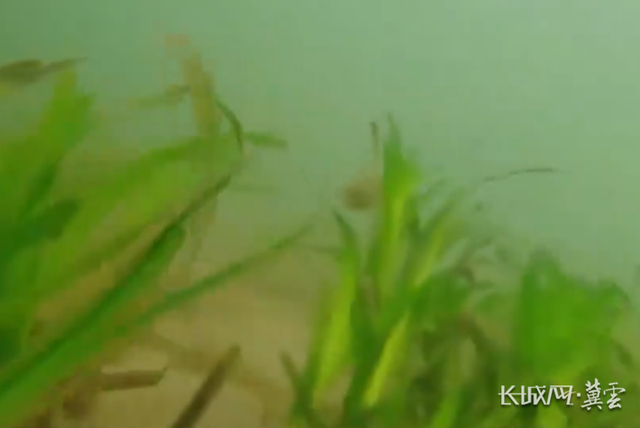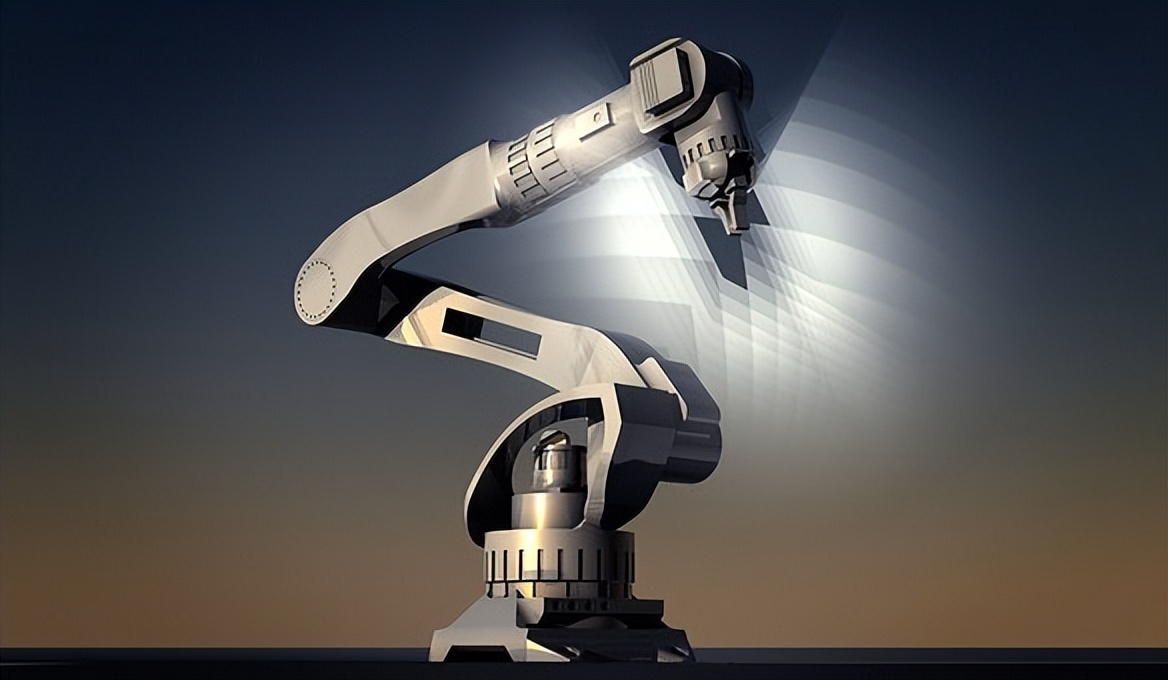Tangshan Cao Feidian Sea Grass bed ecosystem area is 42.75 square kilometers
Author:Great Wall Time:2022.06.08
Great Wall Network · Jiyun Client News (Reporter Wu Xinguang Correspondent Zhang Hongtao) Recently, the Hebei Provincial Department of Natural Resources and the Ministry of Natural Resources of the North Sea Bureau preliminarily found that the area of \u200b\u200bCaofeidian Sea bed ecosystem in Tangshan City is 42.75 square meters. A kilometer, mainly distributed in the shallow waters on the northwest side of Long Island of Caofeidian. The species of seagrass are single species of eel, with a total carbon storage amount of about 114,500 tons. It is of great significance to study its ecosystem characteristics and trends.

Caofeidian Sea Plague shot by underwater camera. Figures of the Hebei Provincial Department of Natural Resources
It is understood that seaweed beds, coral reefs and mangroves are the internationally recognized three typical offshore ecosystems. Seago is a high plant that evolves from land plants to adapting to the marine environment. It is the only type of plants that can live in the sea water completely on the earth. bed. The seaweed bed has important ecological functions, known as the \"Underwater Grassland\" and \"Underwater Forest\". It can capture and store a large amount of carbon and bury them in the marine sediment. one. Most of the degradation of seaweed beds is caused by human activities. Cyfering, seawater pollution, plunder fishing, etc. are the main causes of seaweed bed damage.
In recent years, the Beihai Bureau of the Hebei Provincial Department of Natural Resources and the Ministry of Natural Resources has launched a pilot carbon reserves survey and evaluation of the pilot carbon reserves of the Cao Feidian Sea bed ecosystem. Comprehensive evaluation and other methods to complete various tasks high -quality.
The focus of the survey and evaluation work and difficulties is the collection of sediments pillar -shaped samples. Because Caofeidian Sea beds are distributed in the shallow sea area, there is still a water depth of about 20-150 cm in the low tide period. If traditional tradition is adopted Methods, the PVC tube is sampled by manpower, which not only consumes manpower and inefficient efficiency, but also difficult to obtain samples that meet the standards, which cannot meet the sampling needs. Investigators adopt a new high -frequency vibration deposition power sampling, which can be operated on the ship, which not only saves manpower, but also improves sampling efficiency.
- END -
